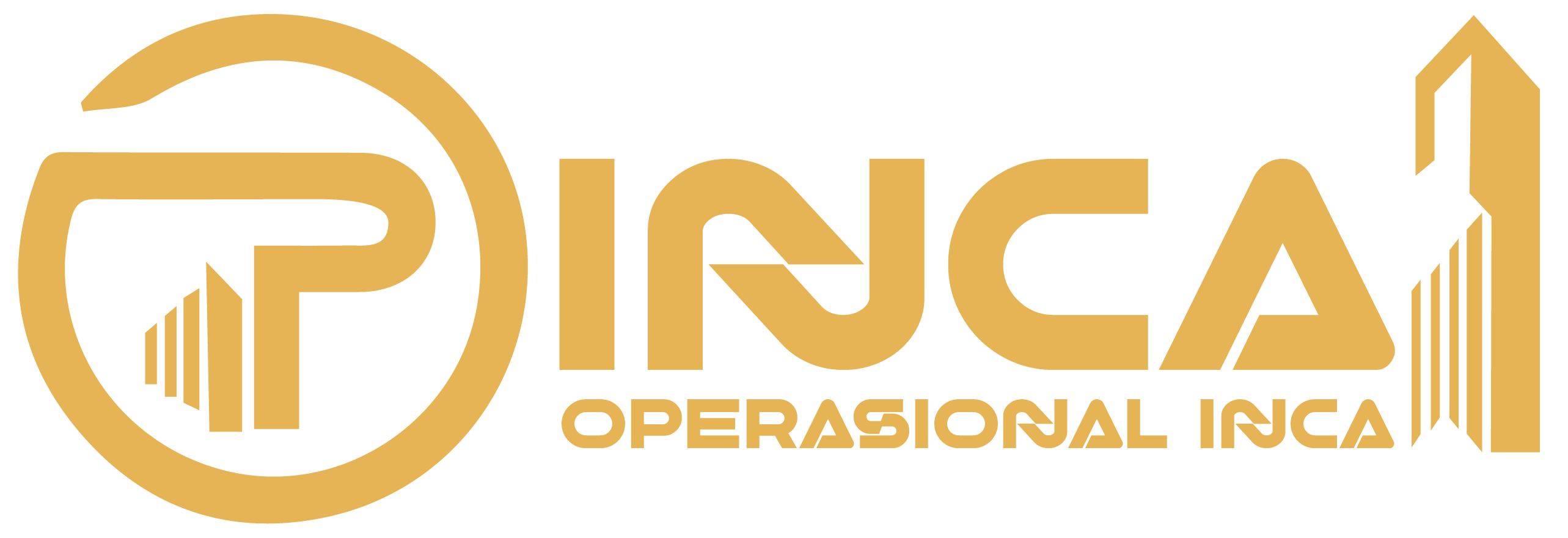Effective cost control is crucial in construction management, where projects often face budget constraints and fluctuating expenses. This article explores essential cost control techniques, the importance of accurate budgeting, and strategies for efficient construction management.
The Importance of Cost Control in Construction

1. Budget Adherence
Maintaining adherence to the budget is vital for project success.
- Preventing Cost Overruns: Effective cost control helps identify potential overruns early, allowing managers to take corrective actions before they escalate.
- Ensuring Profitability: Staying within budget is essential for maintaining profitability, especially in competitive bidding environments.
2. Resource Optimization
Cost control aids in the efficient use of resources.
- Labor Management: Monitoring labor costs and productivity can lead to better allocation of workforce resources, minimizing idle time and maximizing output.
- Material Efficiency: Managing material usage and wastage ensures that resources are used effectively, reducing unnecessary expenses.
3. Risk Management
Identifying and mitigating financial risks is a key aspect of cost control.
- Contingency Planning: Establishing contingency funds helps address unforeseen expenses, ensuring that projects can adapt to unexpected challenges without derailing the budget.
- Contractual Safeguards: Implementing clear contracts with suppliers and subcontractors can protect against price fluctuations and unforeseen costs.
Key Financial Tactics for Cost Control
1. Accurate Budgeting
Creating a detailed and realistic budget is the foundation of effective cost control.
- Itemized Cost Estimates: Break down costs into specific categories (labor, materials, equipment, overhead) to provide a clear understanding of where funds are allocated.
- Historical Data Analysis: Use historical data from previous projects to inform budgeting decisions, ensuring that estimates are based on actual costs rather than assumptions.
2. Regular Monitoring and Reporting
Continuous monitoring of expenses is essential for staying on track.
- Budget Tracking Tools: Utilize software tools to track expenses in real-time, enabling construction managers to compare actual costs against the budget.
- Regular Reporting: Conduct regular financial reviews and reports to assess budget adherence and identify areas for improvement.
3. Value Engineering
Value engineering focuses on improving project value while reducing costs.
- Alternative Solutions: Explore alternative materials, inca construction methods, or design changes that maintain quality while lowering costs.
- Collaborative Input: Involve team members in brainstorming sessions to identify cost-saving opportunities without compromising project integrity.
4. Change Order Management
Change orders can significantly impact project costs if not managed properly.
- Clear Change Order Processes: Establish a clear process for handling change orders, including documentation and approval procedures to minimize disputes.
- Impact Assessment: Evaluate the financial impact of change orders before approval, ensuring that any adjustments to the budget are well understood.
5. Supplier and Subcontractor Negotiation
Building strong relationships with suppliers and subcontractors can lead to cost savings.
- Bulk Purchasing: Negotiate bulk purchasing agreements for materials to secure discounts and lower costs.
- Long-Term Partnerships: Establish long-term relationships with reliable suppliers and subcontractors, which can lead to better pricing and priority service.
Technology and Tools for Cost Control
1. Construction Management Software
Utilizing construction management software can streamline cost control processes.
- Project Management Tools: Software solutions like Procore or Buildertrend help manage budgets, schedules, and resources in one platform, improving visibility and control.
- Financial Tracking Features: Many construction management tools include financial tracking features that allow for real-time budget monitoring and reporting.
2. Building Information Modeling (BIM)
BIM technology enhances cost control through improved planning and visualization.
- Accurate Cost Estimation: BIM enables detailed cost estimation based on 3D models, reducing the likelihood of costly errors during construction.
- Collaboration and Communication: BIM fosters collaboration among project stakeholders, ensuring that everyone is aligned on project goals and budget constraints.
Training and Development
1. Financial Literacy Training
Investing in training for project managers and team members can enhance cost control.
- Understanding Financial Metrics: Provide training on key financial metrics and concepts, empowering team members to make informed decisions regarding costs.
- Cost Control Best Practices: Share best practices for cost control, ensuring that all team members are equipped with the knowledge to contribute to budget adherence.
2. Continuous Improvement
Encouraging a culture of continuous improvement can lead to better cost control outcomes.
- Feedback Mechanisms: Implement feedback mechanisms to gather insights from team members on cost control processes, identifying areas for improvement.
- Lessons Learned Reviews: Conduct post-project reviews to analyze what worked well and what could be improved in terms of cost control, applying these lessons to future projects.
Conclusion
Cost control is a fundamental aspect of efficient construction management, impacting project success and profitability. By implementing strategic financial tactics, such as accurate budgeting, regular monitoring, value engineering, and effective change order management, construction managers can navigate the complexities of project costs.
Utilizing technology and investing in training further enhances cost control efforts, enabling teams to make informed decisions that contribute to the overall success of construction projects. As the construction industry continues to evolve, embracing these cost control techniques will be essential for delivering projects on time and within budget, ultimately leading to greater client satisfaction and business success.
Read Also About Asset allocation is a fundamental investment strategy that involves dividing a portfolio across various asset classes, such as stocks, bonds, and cash, to balance risk and reward. The goal of asset allocation is to maximize returns while minimizing risk, based on an investor’s financial goals, risk tolerance, and time horizon.
